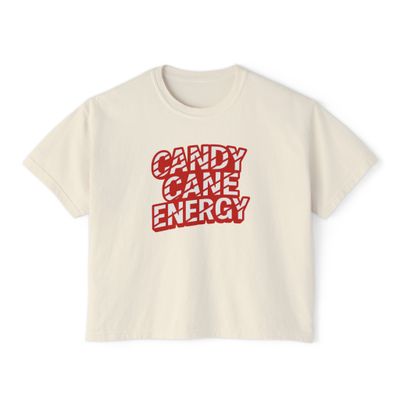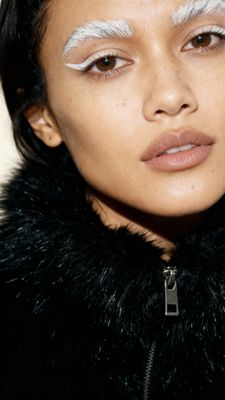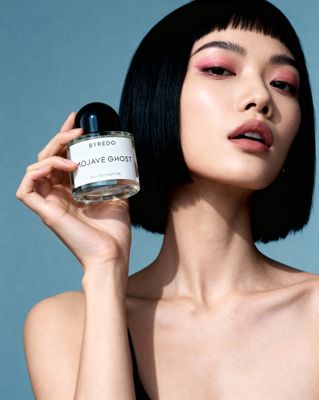Everything about the color Nude
The meaning of the color nude and color combinations to inspire your next creation.
Browse images in the color nude
What color is nude?
Nude is a light, neutral shade that resembles the natural skin tone. It is often used to convey simplicity and elegance in design.
What are similar colors to nude?
For variations within the same soft and neutral spectrum as nude, consider:
- Beige (#F5F5DC) shares nude's warm undertones, offering a slightly lighter and more muted appearance.
- Ivory (#FFFFF0) is a paler version with a similar warmth, providing a delicate and refined look.
- Cream (#FFFDD0) is slightly yellower, maintaining the soft and subtle qualities of nude.
- Tan (#D2B48C) is darker with a more pronounced brown hue, offering a richer alternative to nude.
What color goes with nude?
To complement nude's understated elegance, consider pairing it with:
- Sage (#9DC28A) provides a refreshing, muted green that enhances nude's natural warmth.
- Lavender (#E6E6FA) adds a touch of softness and sophistication with its gentle purple hue.
- Peach (#FFE5B4) offers a warm, sunny contrast that harmonizes beautifully with nude.
- Mint (#F5FFFA) introduces a crisp, cool contrast that complements nude's subtlety.
What color conflicts with nude?
To avoid clashing with nude's subtle tones, consider avoiding:
- Black (#000000) can overpower the delicacy of nude.
- Gray (#808080) may dull the warmth and vibrancy of nude.
- Dark Brown (#654321) could overshadow nude's lighter, softer appearance.
- Bright Red (#FF0000) risks overwhelming nude's understated elegance.
What does the color nude represent?
Nude often symbolizes simplicity, elegance, and purity, reflecting a sense of natural beauty and authenticity. Psychologically, it evokes feelings of calmness and neutrality, offering a soothing and balanced presence. In art and design, nude is used to create a minimalistic and sophisticated aesthetic, often serving as a versatile backdrop that allows other colors to stand out.
What's the history of nude?
The term "nude" as a color name originated from its resemblance to human skin tones, first gaining popularity in the fashion and design industries. It has been used to describe a range of shades that mimic the natural complexion, emphasizing inclusivity and diversity. In modern times, nude is widely used in fashion, cosmetics, and interior design to convey a timeless and elegant style.
Color Variations
Shades
Tints
Hues
Color Palettes
Monochromatic
Complementary
Analogous
Triadic
Tetradic
Images with nude color
Color Conversions
#F2D2BDrgb(242, 210, 189)rgb(95%, 82%, 74%)0, 13, 22, 5hsl(24, 67%, 85%)24, 22, 95#F2D2BD86, 8, 1569, 69, 5886, 17, 6111110010, 11010010, 10111101Color(red: 0.9490196078431372, green: 0.8235294117647058, blue: 0.7411764705882353)UIColor(red: 0.9490196078431372, green: 0.8235294117647058, blue: 0.7411764705882353, alpha: 1.0)Color(0xFFF2D2BD)










